

Damion Smy
Hyundai i30 N TCR celebrates 10 years of ‘N’ with Gran Turismo 7 debut
4 Days Ago
What's real and what's fake on the new Volkswagen Golf R? We've taken a look.

Design Contributor
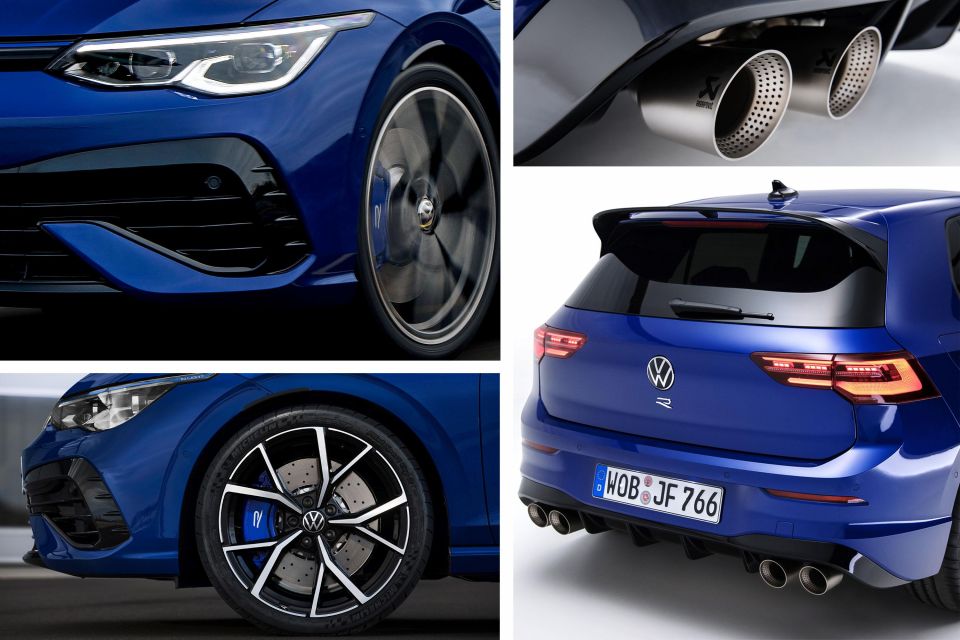

Design Contributor
Despite the SUV craze, Volkswagen was kind enough to offer a full range of performance derivatives for its eighth-generation Golf with petrol, diesel, and plug-in hybrid powertrains. The ultimate flagship in terms of power, performance, features, and pricing is the Golf R.
The Volkswagen Golf R, based on the MQB evo platform, is fitted with the most powerful version of the brand’s turbo four-cylinder 2.0-litre engine producing 235kW of power and 420Nm of torque.
Power is transmitted to all four wheels through a seven-speed DSG dual-clutch automatic gearbox, with the help of a sophisticated 4Motion system featuring torque vectoring on both axles.
The car is also equipped with Vehicle Dynamics Manager (VDM), electronic differential locks (XDS), larger brakes, and lowered suspension with adaptive damping. The driver has access to six driving modes. Using launch control, the R can accelerate to 100km/h in 4.7 seconds while the top speed is electronically limited to 250km/h.
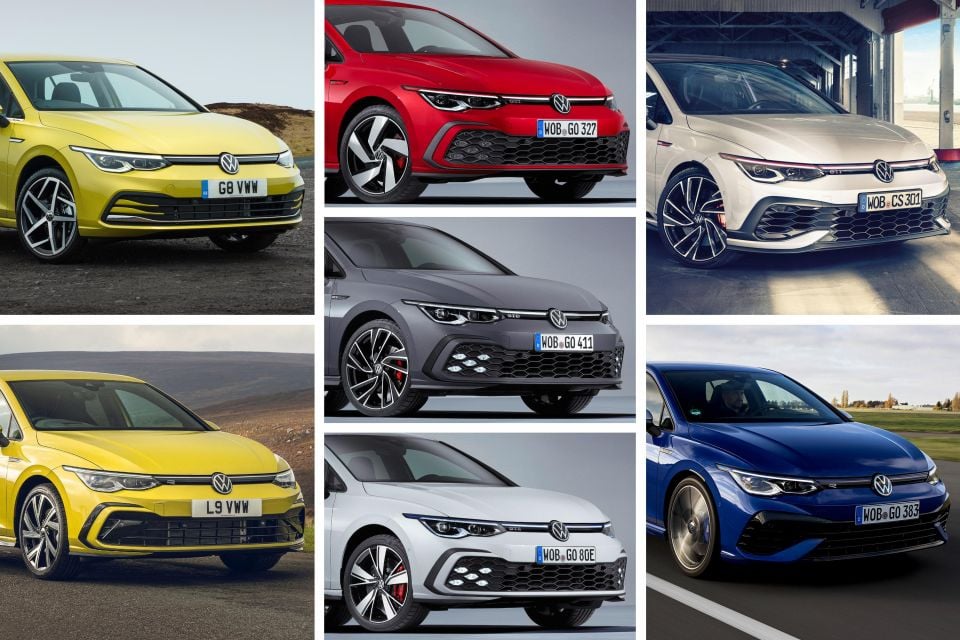
You can learn more about the specs of the VW Golf R in James Wong’s article here.
In order to have a better understanding of the Golf range, we gathered all the different variants in a single picture. Starting from the left, we have the base spec version and the sporty looking R-Line (bottom).
In the middle section you can see the petrol GTI (top), the diesel GTD (middle), and the plug-in hybrid GTE (bottom). On the right side we have the more focused GTI Clubsport (top) and the all-wheel drive Golf R (bottom).
As you can see, the Golf uses three main bumper designs that can be differentiated by their air vents. Thus, the R-Line, GTI, GTD and GTE look quite similar, but the latter three have a honeycomb pattern with additional LED lights while every version gets its own wheels, badging and colour-coded grille.
The GTI Clubsport and the Golf R feature similar bodykits, however the GTI gets a honeycomb pattern while the Golf R has horizontal lines with a gloss black effect.

A closer examination of the Golf R bodykit reveals more unique details, although the overall design could be described as subtle for a 235kW hyper hatch.
Besides the redesigned front bumper with large air intakes, and an integrated splitter and fins, the face of the Golf R is distinguished by a blue stripe running through the illuminated grille and inside the LED headlights.
The profile is characterised by the unique 19-inch wheels with five double-spokes complimenting the car’s proportions, blue calipers for the perforated brake discs, extended sills, and matte chrome mirror caps. The colour palette is limited to the signature Lapiz Blue Metallic (pictured), Pure White, or Deep Black Pearl Effect.
At the back, there is a two-piece rear spoiler with a black extension for more downforce (the same with the Golf GTI Clubsport), the new R emblem below the VW badge, and a prominent rear diffuser with quadruple round tailpipes.
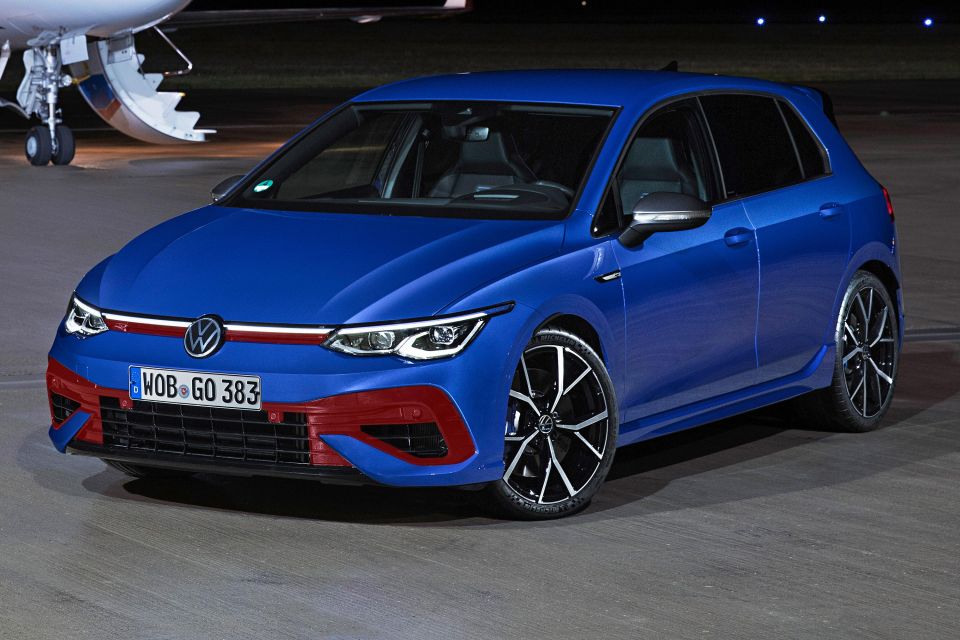
Now we’ve covered the basics let’s see what’s real and what’s fake on the Golf R. At the front all three air intakes are functional, even though a large portion of the side intakes are blocked.
The non-functional part (highlighted in red) includes the frames that, together with the front splitter are painted in black, for a more aggressive look making the openings look larger and unified with the fully functional central intake.
The upper grille is fully blocked, however it houses the LED strip so at least there is a reason for it to exist between the headlights. The cool openings on the sides resembling brake vents are also blocked.
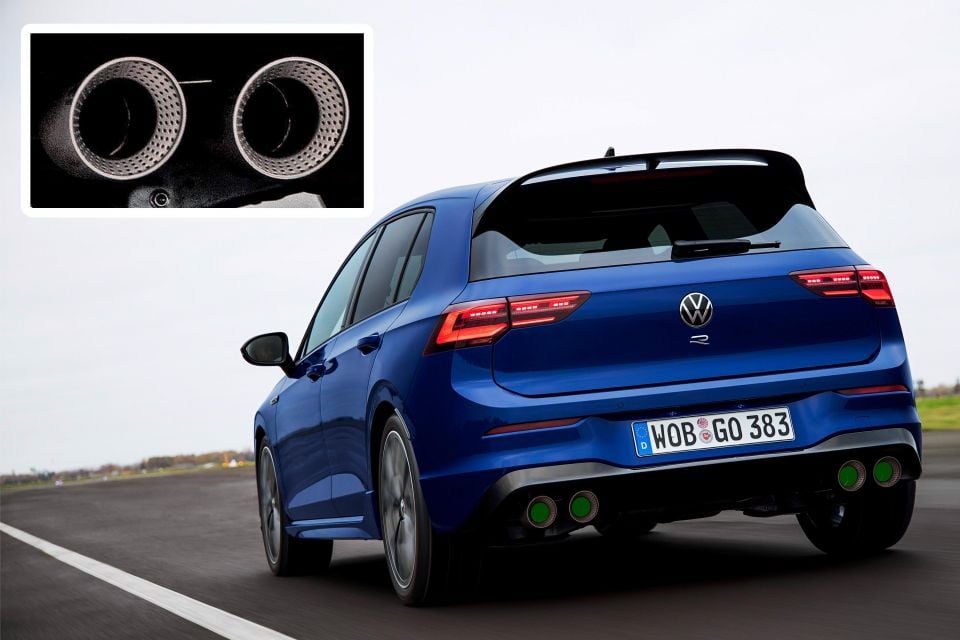
At the back, there are no fake vents on the muscular rear bumper which houses the horizontally-arranged reflectors. The diffuser is quite large and looks even more prominent thanks to the gloss-black frame which is a welcome design feature.
This is the only Golf with quadruple exhaust and the good news is that all of them are legitimate. The optional Akrapovic exhaust pictured here is finished in titanium, featuring little holes on the rings surrounding the tailpipe openings.
Besides looking cool, this setup provides the Golf R with a beefy soundtrack (virtually enhanced in the cabin) accompanied with proper pops and bangs when you select the right driving mode.
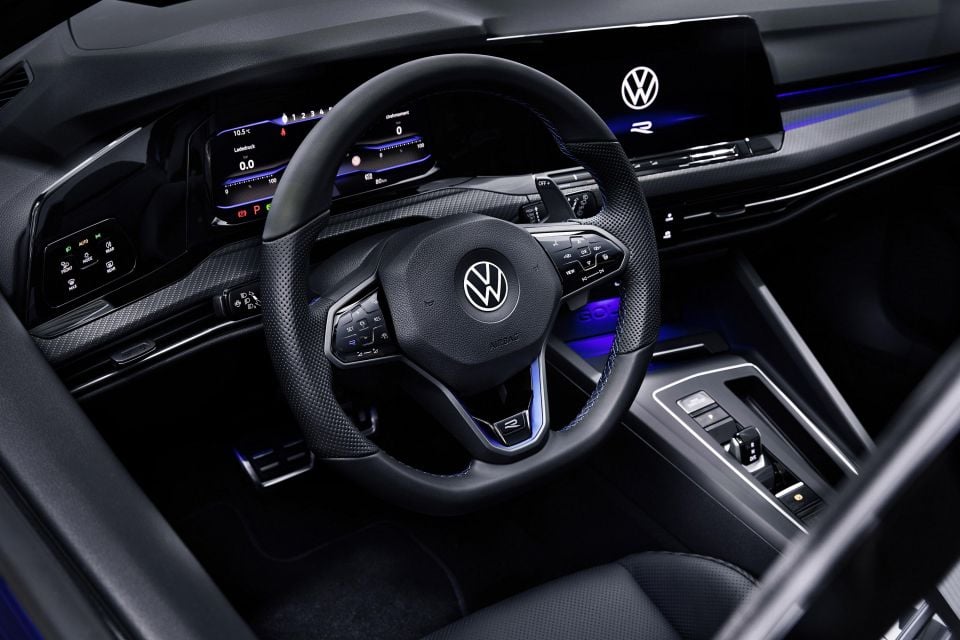
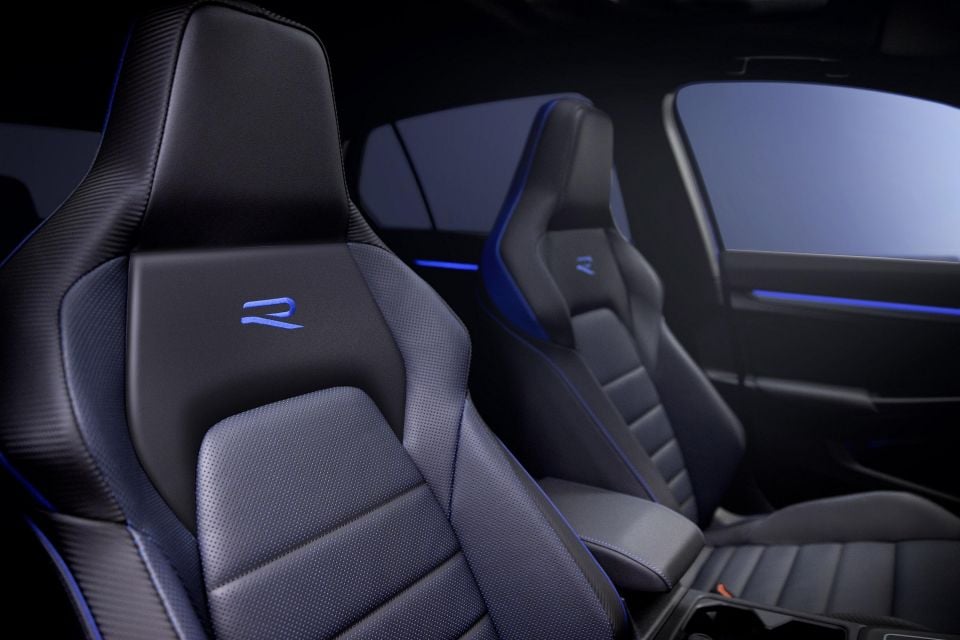
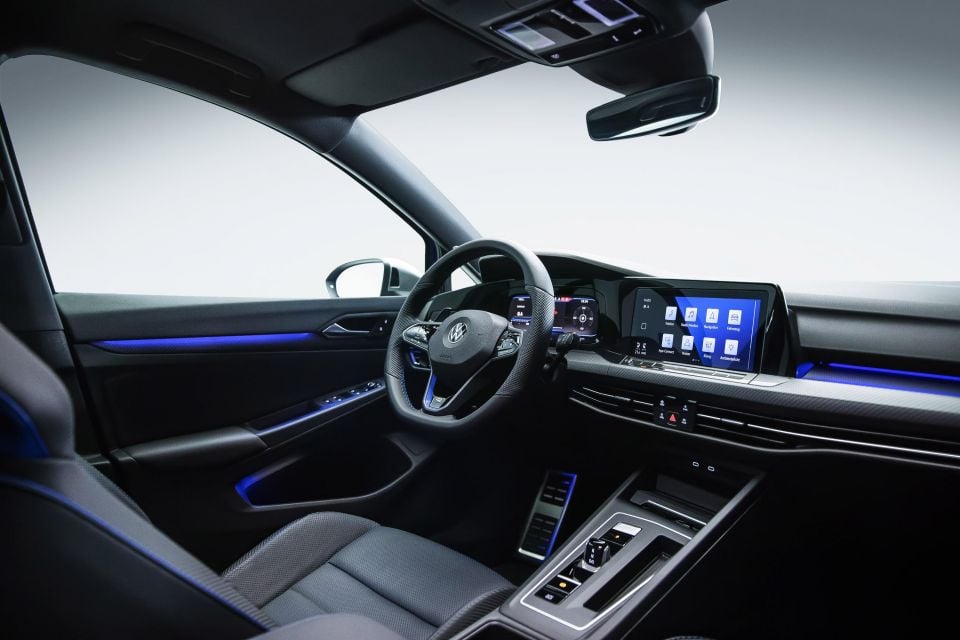
Inside the cabin, the Golf R benefits from a Digital Cockpit which includes a 12.3-inch digital instrument cluster and a 10-inch touchscreen for the infotainment. It also gets the tiny gearshift knob for the DSG that, together with the electronic handbrake, leave more room for storage on the heavily inclined centre tunnel.
There’s also decorative climate vent extensions running through the full width of the dashboard, the touch controls with haptic feedback on the steering wheel and the touch-panel for the lights on the left side.
To differentiate it from the rest of the Golf range, VW added R-Specific graphics to the infotainment, sport seats upholstered in Nappa leather with blue stitching and integrated headrests, an R-badged steering wheel with perforated leather trim, and a dedicated R button for the sportiest driving mode.
There’s also fake carbon-fibre on the dashboard, brushed stainless steel pedals, and configurable ambient lighting with 30 colours.
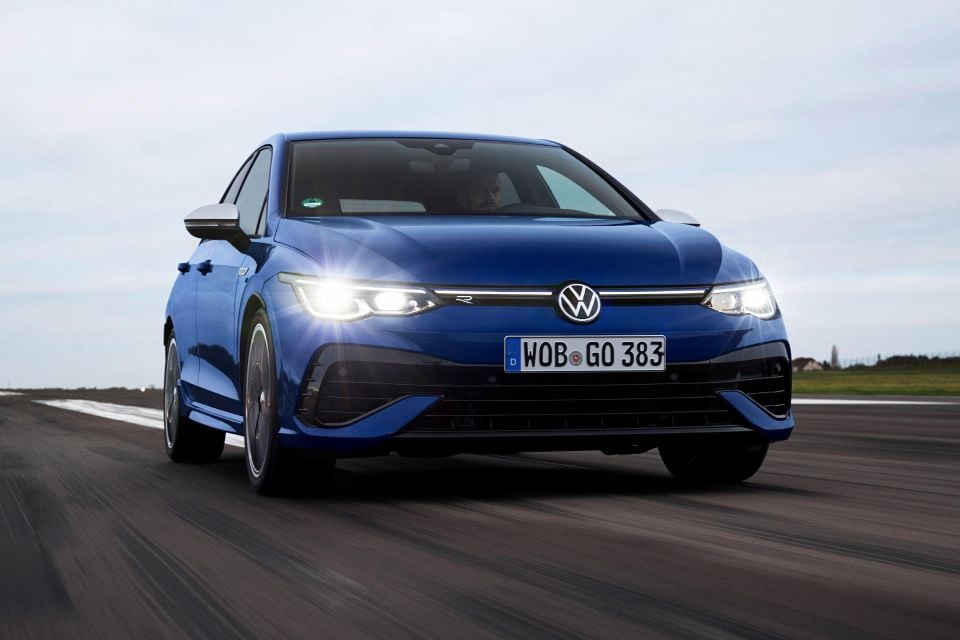
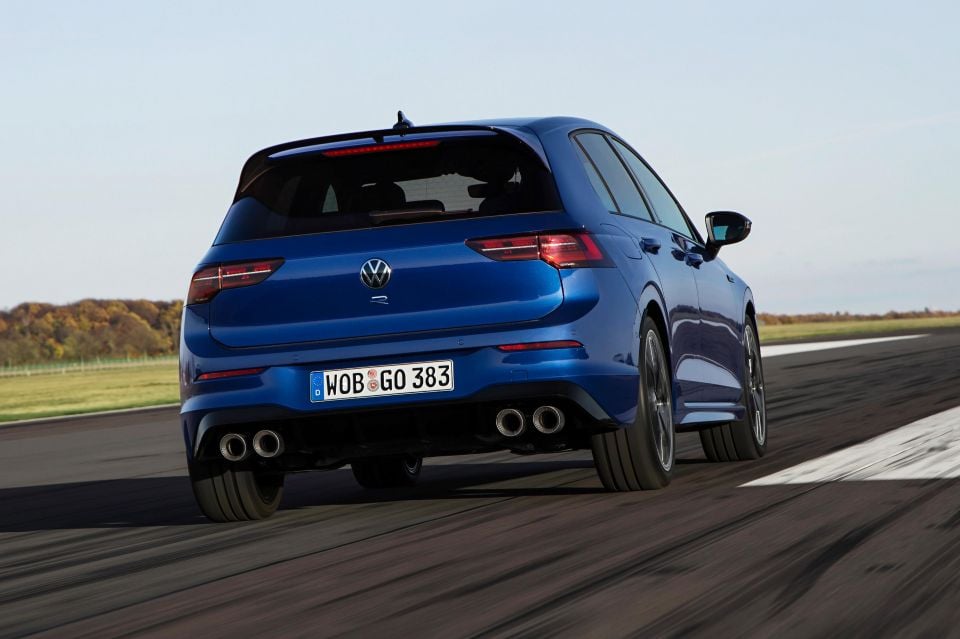

Where expert car reviews meet expert car buying – CarExpert gives you trusted advice, personalised service and real savings on your next new car.


Damion Smy
4 Days Ago
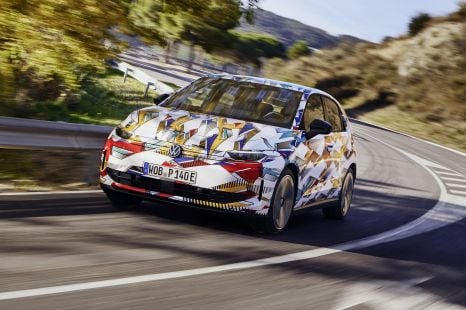

William Stopford
11 Days Ago
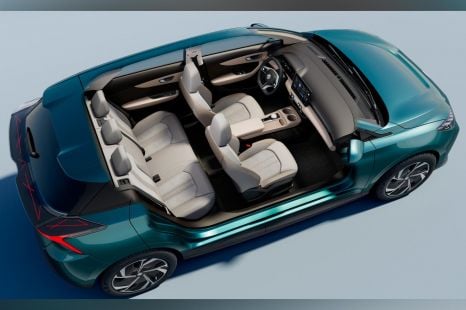

William Stopford
12 Days Ago
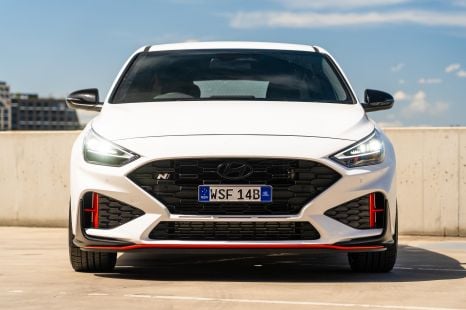

William Stopford
18 Days Ago
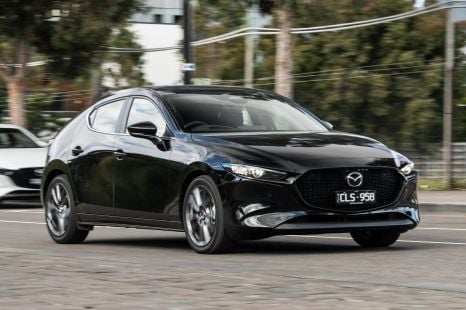

Josh Nevett
26 Days Ago
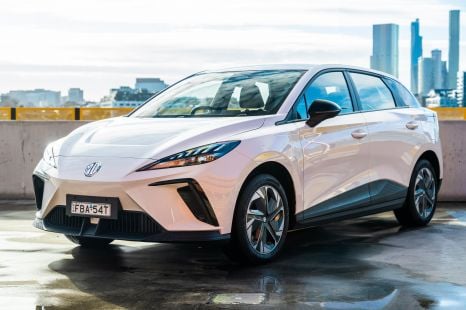

William Stopford
1 Month Ago